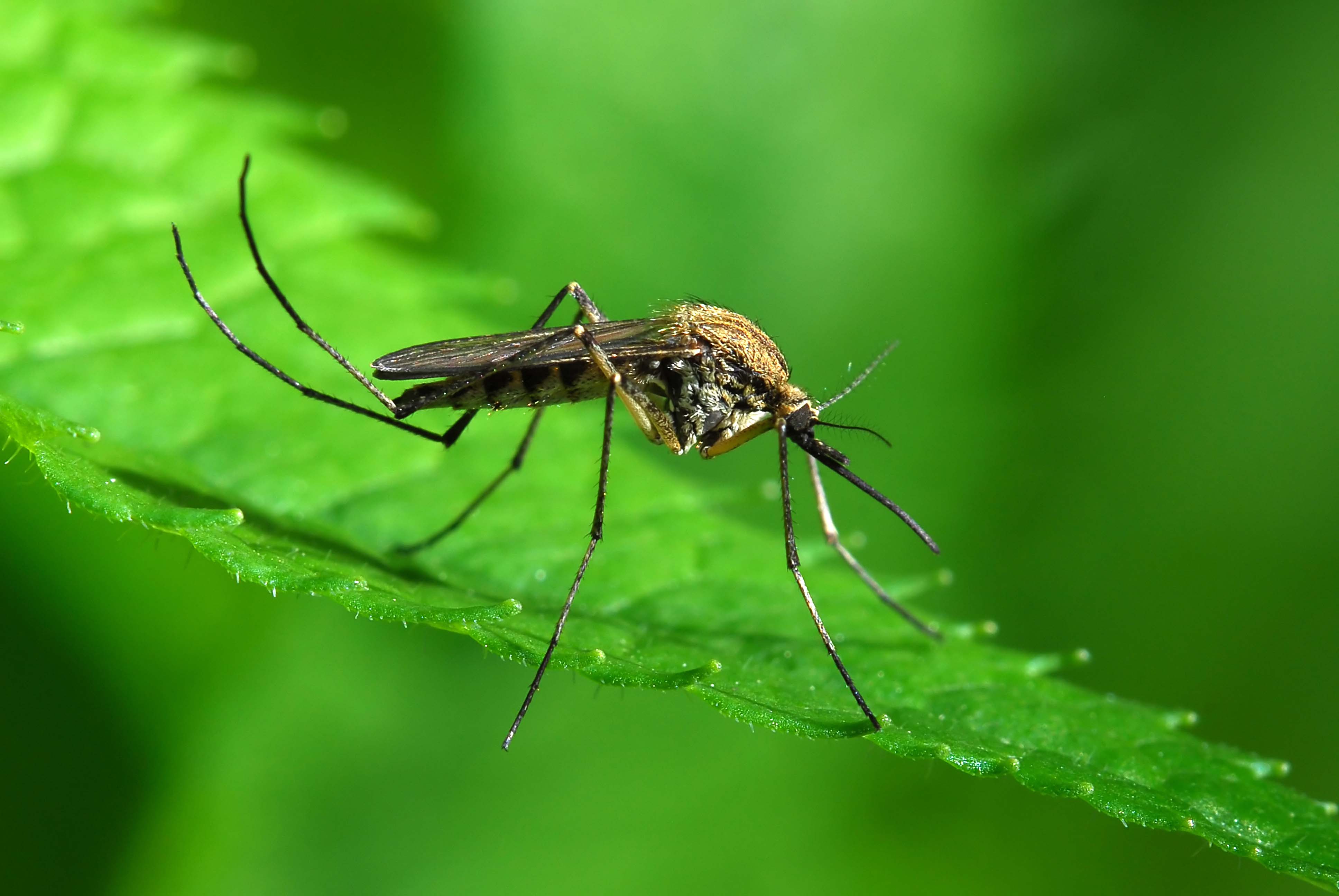Over 2.5 billion people – over 40% of the world’s population – are now at risk from dengue. The World Health Organization estimates there may be 50–100 million dengue infections worldwide every year.
A biotech company Oxitec has released into the wild an army of genetically modified male mosquitoes that will never see their children. The modified mosquitoes are released into the environment where they mate with wild-type mosquitoes, and the modified gene is passed on to their offspring. The modified mosquitoes and all of their offspring die, because they will not have access to the supplement.
The technology is called RIDL (Release of Insects carrying a Dominant Lethal gene). The use of sterile mosquitoes to control population is not a new strategy: SIT (Sterile Insect Technique) has been used for several decades, but since the sterility is induced through radiation, the insects are weakened, causing ”reduction of the longevity, sexual vigor and general activity of males“. Therefore, the use of genetically modified mosquitoes could be considered an improvement over SIT.
The Oxitec team has been testing their method in the Cayman Islands, Panama and Brazil, where 6 million killer mosquitoes have been released in the suburbs of Piracicaba. The method successfully reduced the mosquito population in a Brazilian suburb by 95 percent in one test trial — far more effective than pesticides, and low enough that the disease could not cause an epidemic.
What happens if female mosquitoes are released?
People living near release sites might be concerned about the possibility of released females posing a threat to human health. However, if females are released their numbers will be very small, and there is little or no risk of harmful effects from such an eventuality.
Separation of males from females is achieved whilst the mosquitoes are in the early developmental pupal stage. Male pupae are smaller than female pupae so can easily be sorted, checking the sorted pupae has shown that our separation techniques are over 99% accurate (in the Cayman Islands trial checking the sorting technique using a dissecting microscope showed 69 females in 104,839 pupae, which is 0.066% of the sample).
What is the Sterile Insect Technique (SIT)?
The Sterile Insect Technique (SIT) involves mass rearing of a pest species which are then usually sterilised by irradiation. SIT is currently used to control insect pests that damage crops. The irradiated males once released seek out females in the wild. When a wild female mates with a sterilised male no viable offspring will be produced, ultimately suppressing the population.
SIT programmes have been adopted in a number of areas as they can provide many attractive features;
- Sterile insects are environmentally benign, with no toxic residues and minimal impact on other insect species.
- Sterile males actively seek out wild females so it is easy to use even when the pest population is low.
- Resistance has very rarely been seen in the 50+ year history of large scale SIT programmes against agricultural pests. Although resistance is theoretically possible, though wild females learning to ‘recognise’ irradiated males, these programmes have proven to be highly sustainable.
- SIT programmes are far less intrusive than other control methods. In particular, SIT does not require access to households. This is in contrast to conventional control methods for aegypti mosquitoes, which require households to be fogged in order to get to adults.
Source: oxitec.com, Discover magazine
